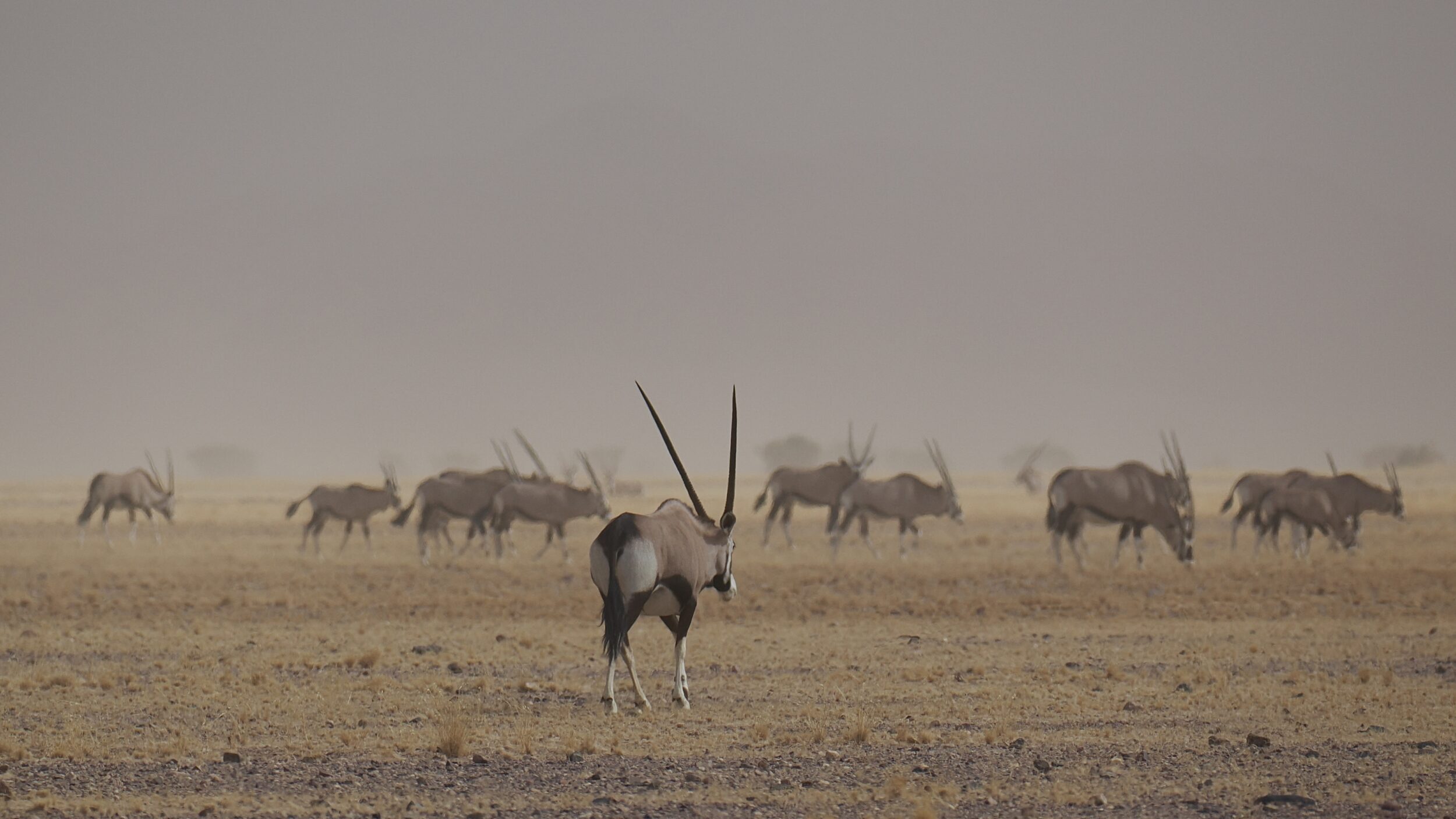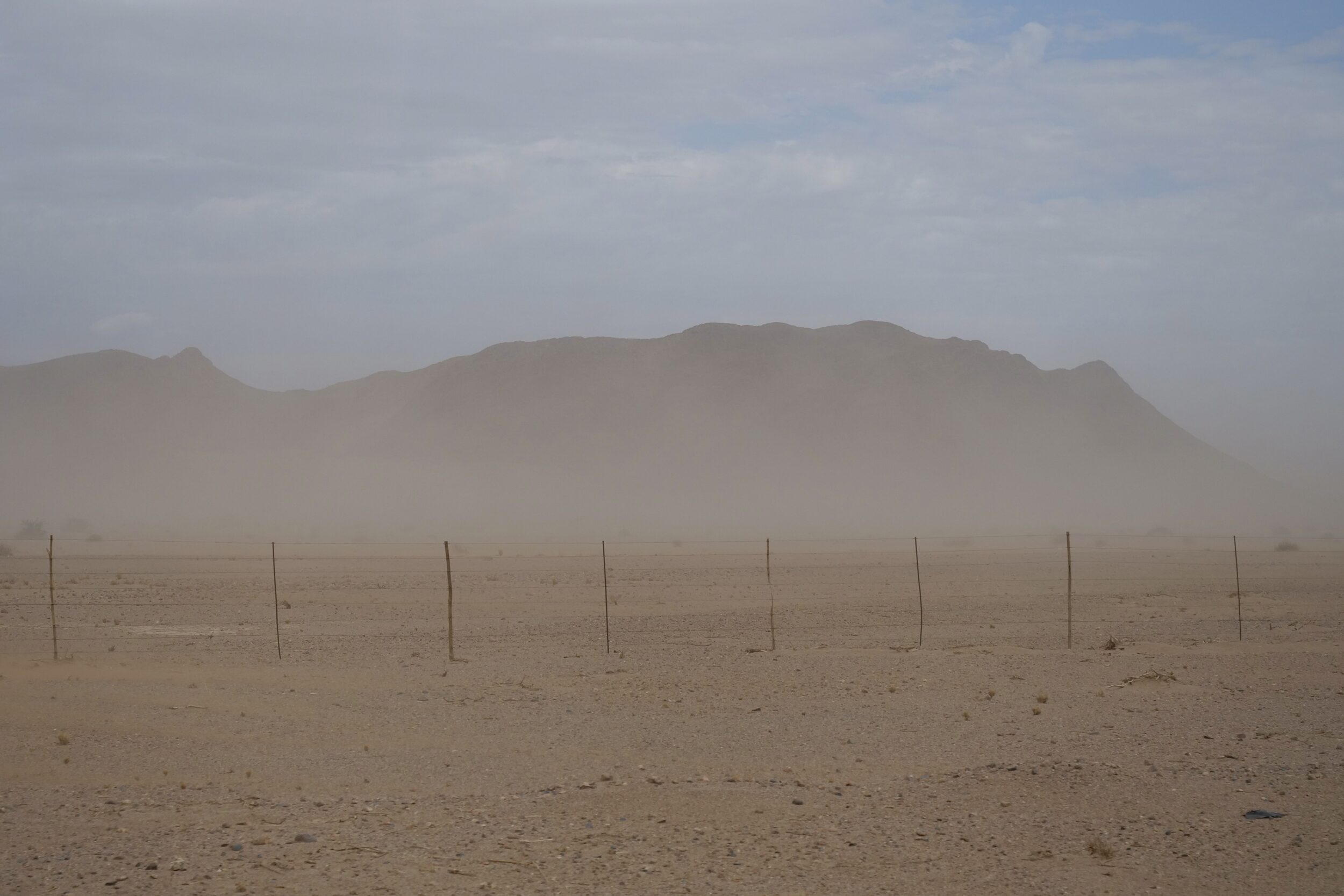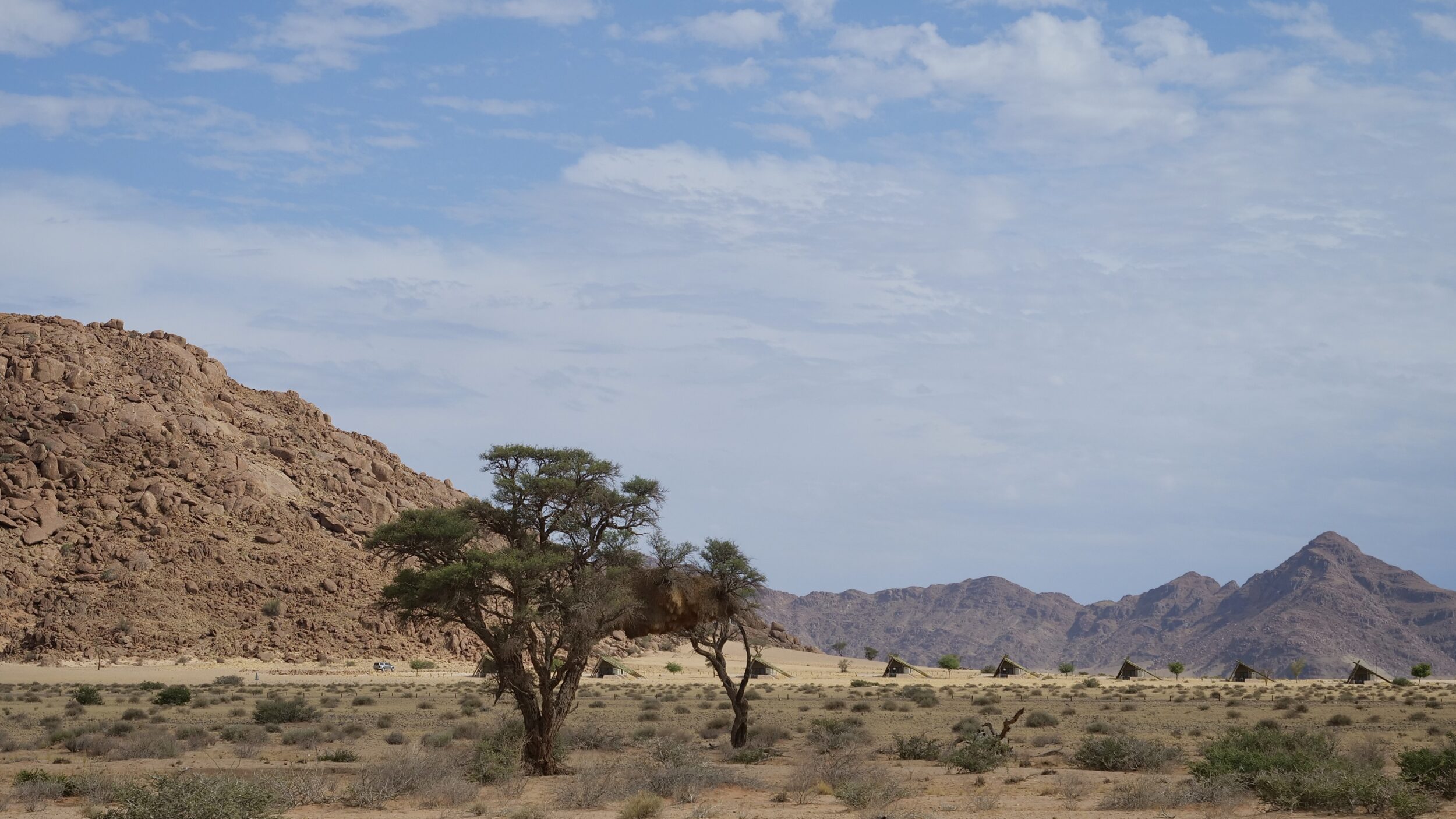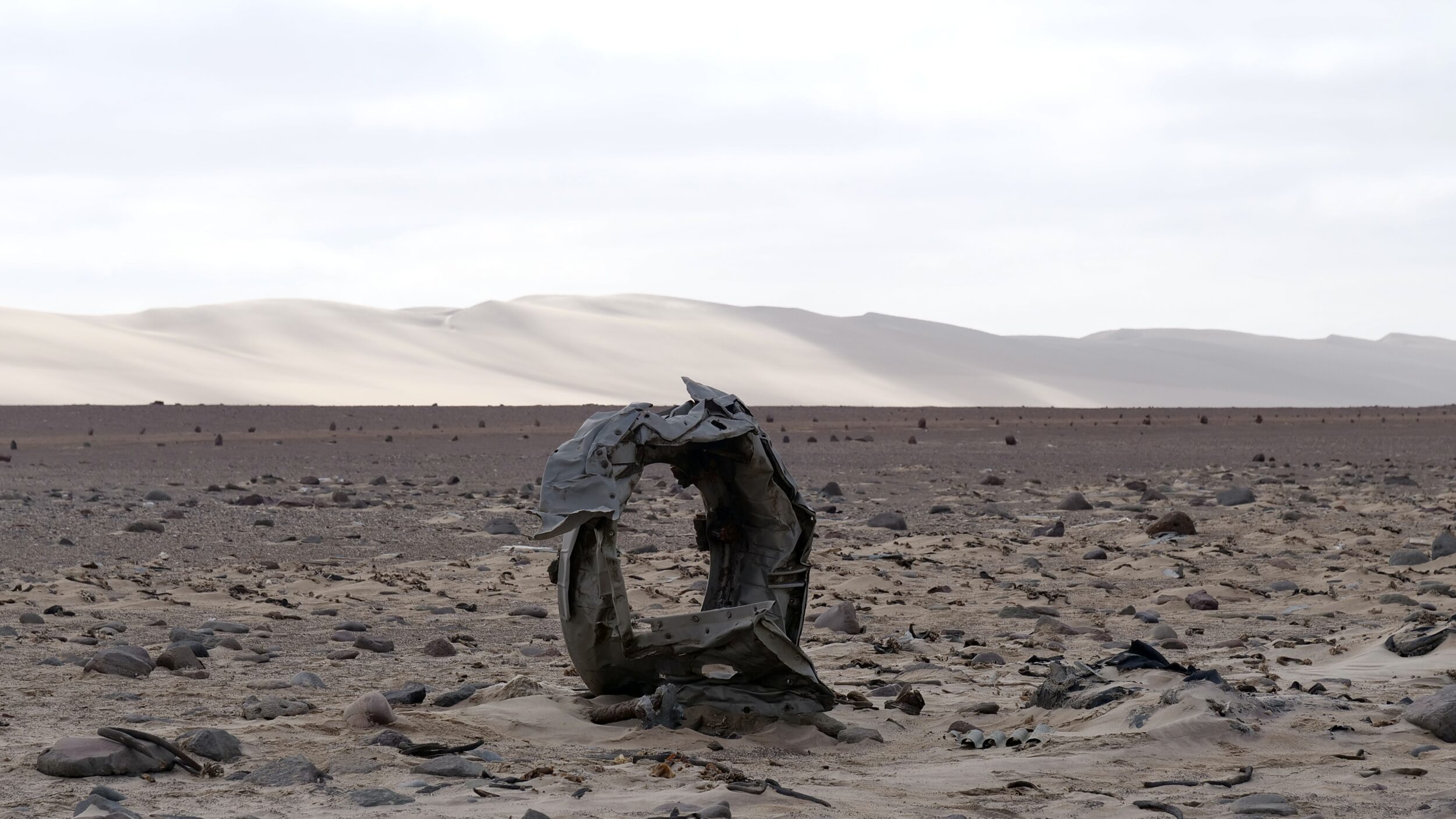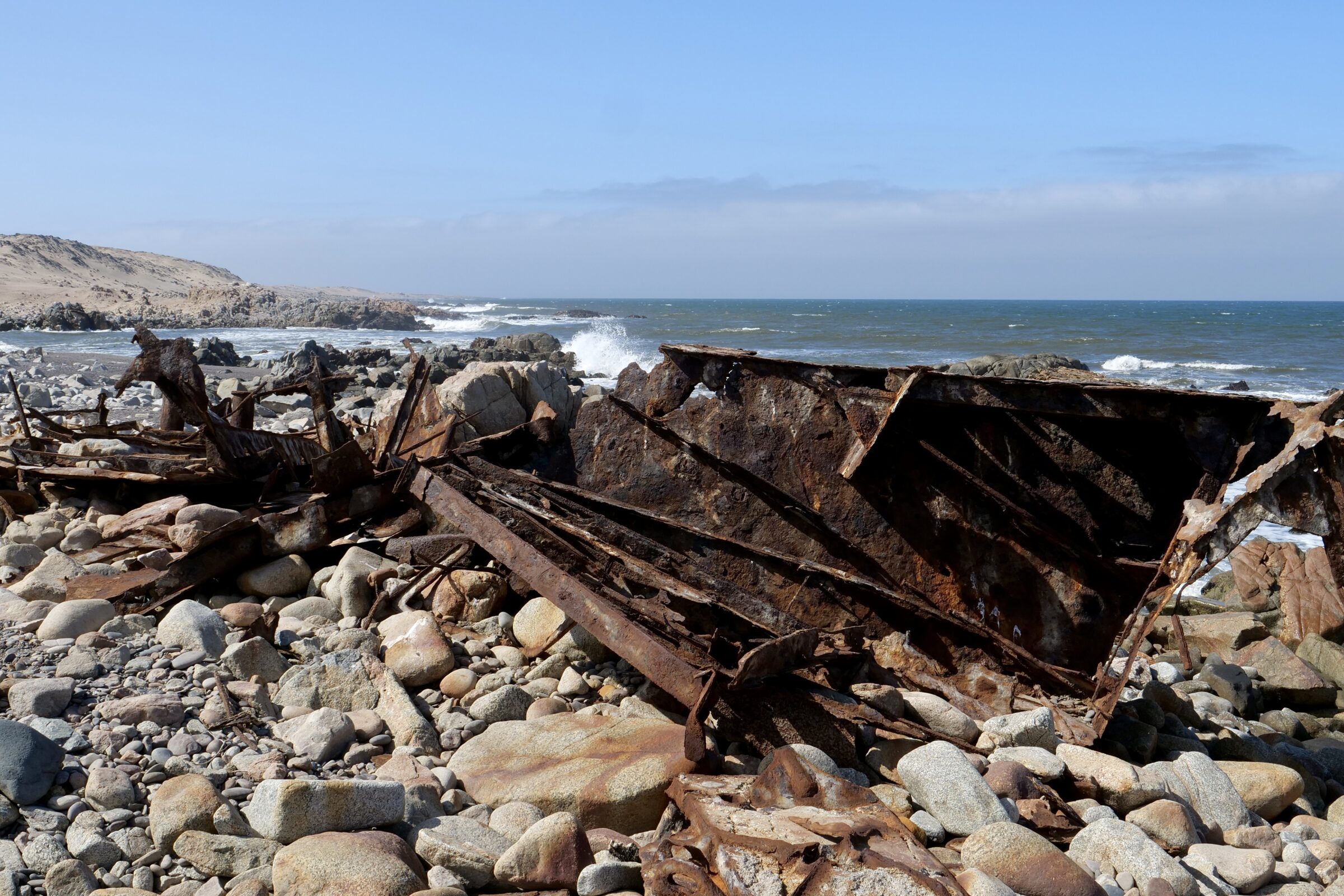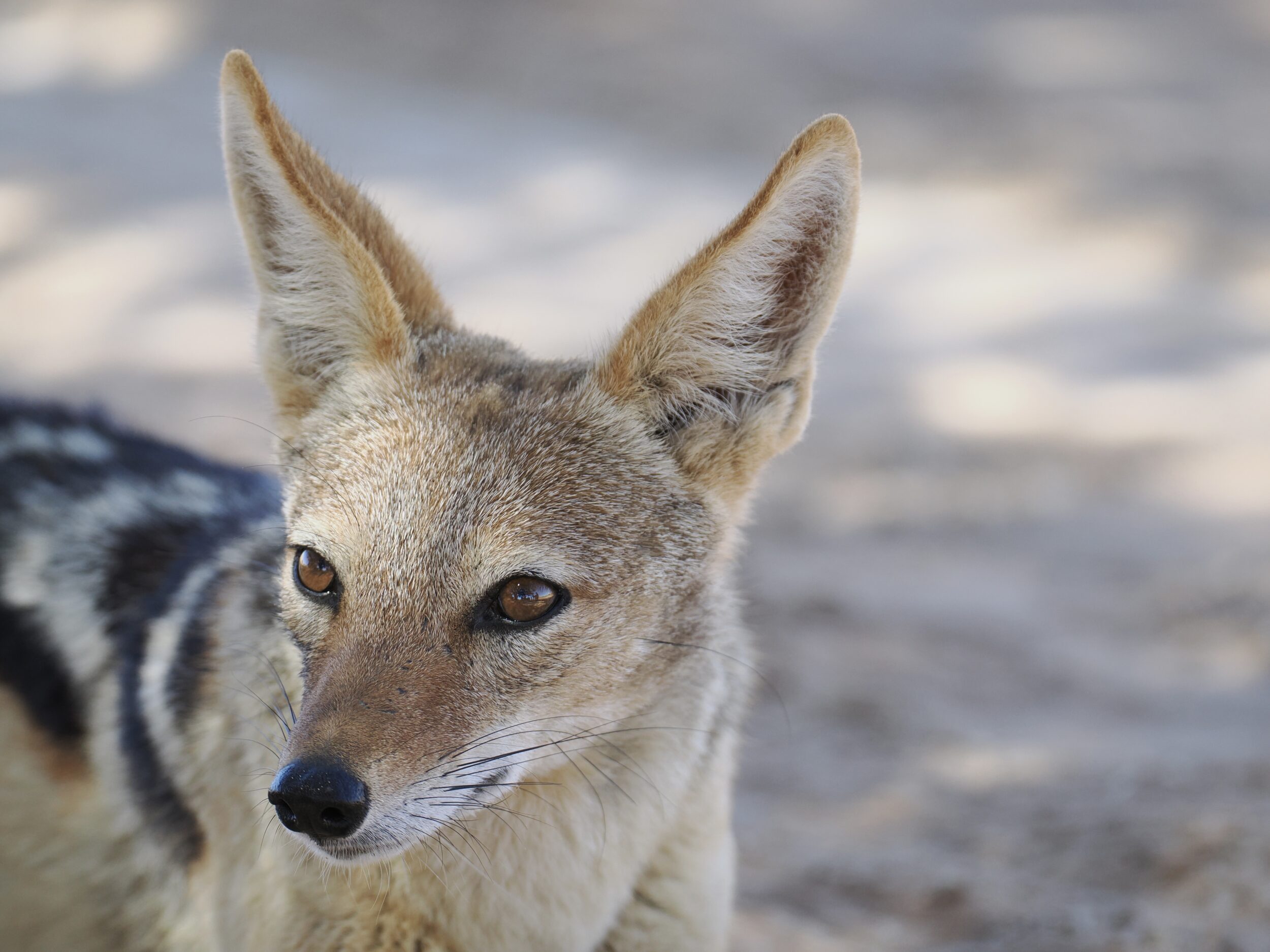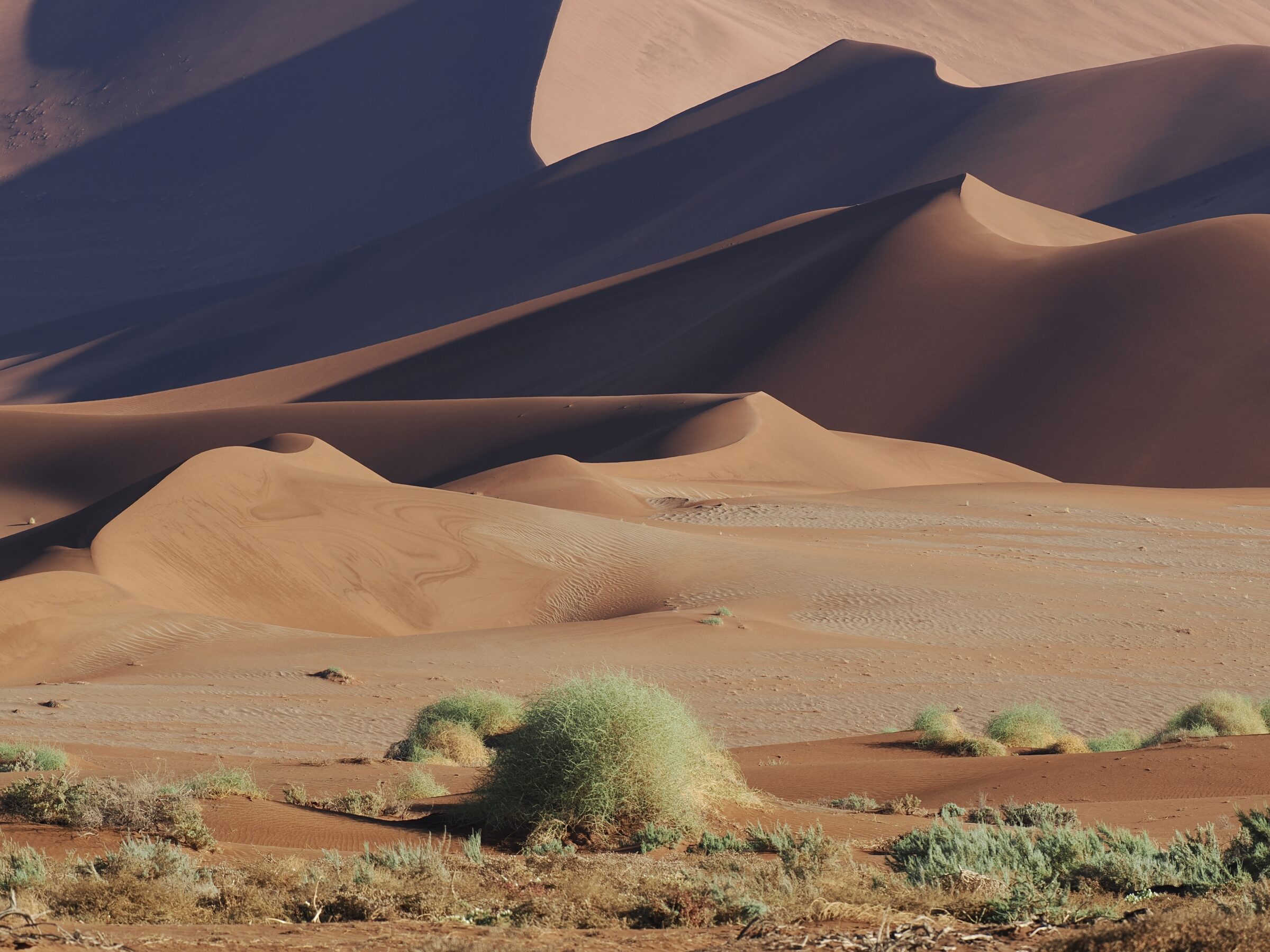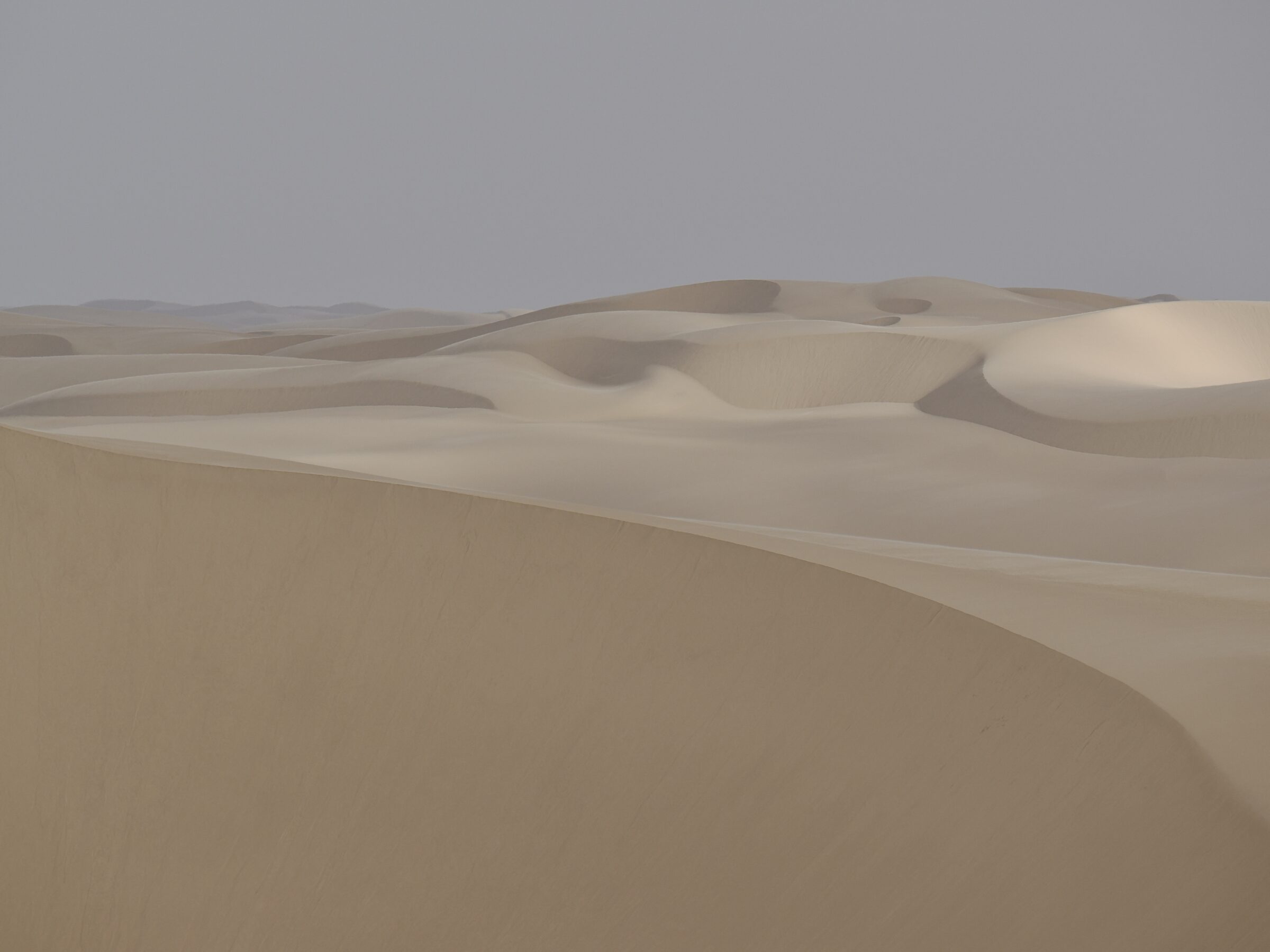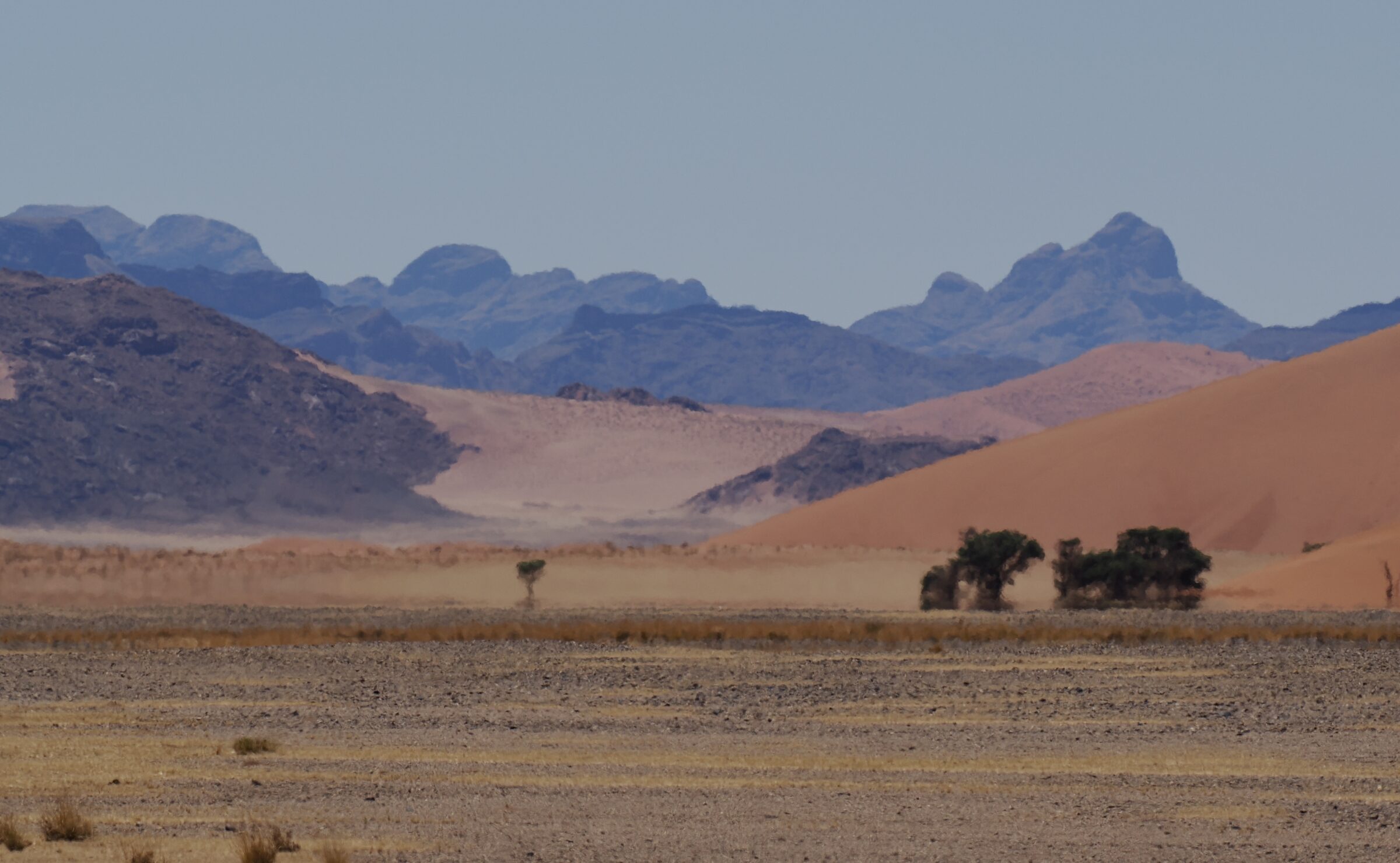This post’s featured image comes from circa one minute after the final image in #2 of this series, but it looks in the opposite direction, toward the Namib’s temporarily-invisible sand sea.
On a normal day, the horizon in a photo taken from this vantage point would have been defined by the crests of some of the world’s most spectacular dunes.
Namibia’s emblematic mammal – the gemsbok (aka “oryx”) – is superbly adapted to its very demanding environment.(as will be detailed in at least one future post, devoted entirely to Oryx gazella)
As you can see, stoic gemsbok just “get on with it”, sandstorm notwithstanding.
Comments closed